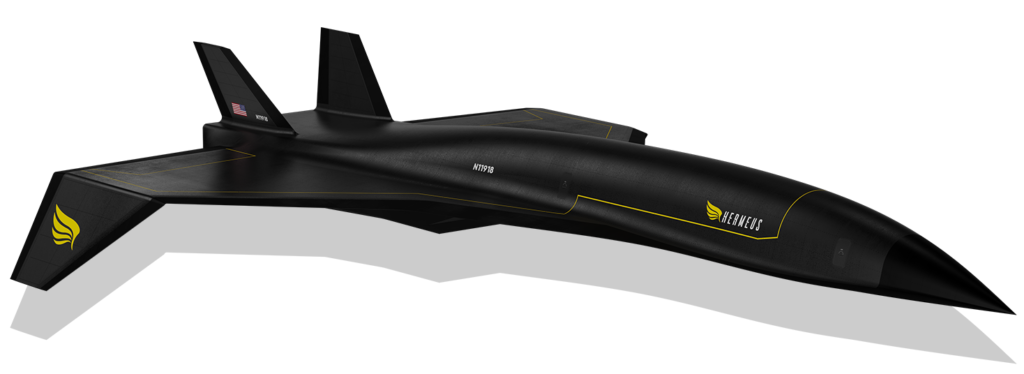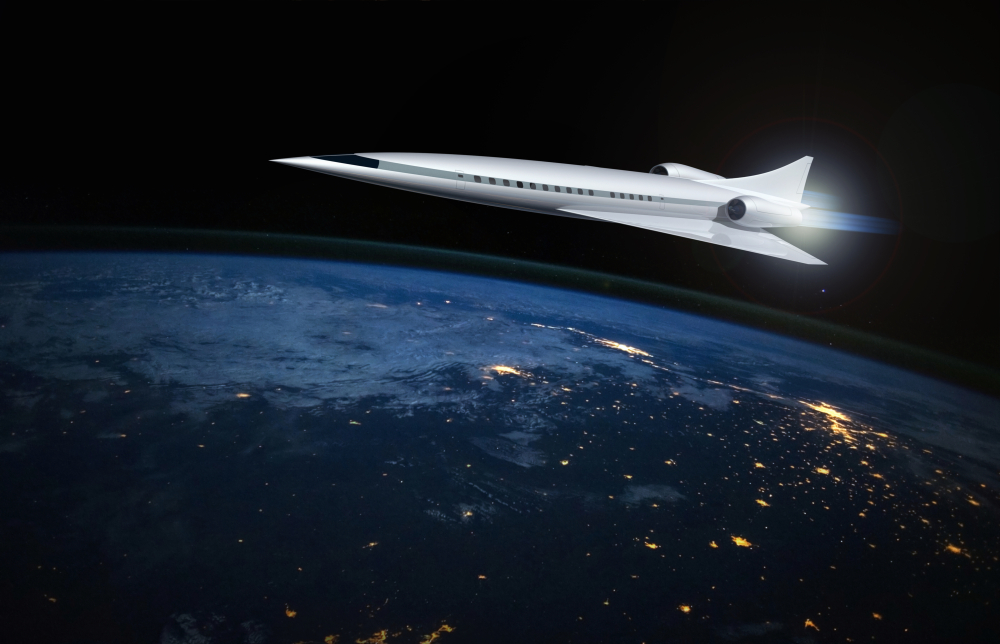There’s been plenty of buzz about supersonic jets taking to the skies in the next decade. But according to Hermeus — an aviation company based in Georgia — supersonic might already be old news. And Hermeus is thinking more than twice as fast as Mach 2. The company recently revealed plans for its Hermeus Quarterhorse: a Mach 5.5 jet capable of flying at speeds of 4,219 mph. It might sound like a lofty goal, but it already has the attention of the United States Air Force (USAF) — to the tune of $60 million in grants.
Supersonics as a steppingstone
Talk about a hypersonic jet may seem premature. We’re still years removed from a supersonic return to the jet stream. And while there have been major strides toward Mach 2 travel in recent years, the industry itself is still in its infancy.
The presumed frontrunner for supersonic dominance, Aerion, dropped out of the industry earlier this year after running out of funding. Boom Supersonic has stepped in to fill the role, but its XB-1 still hasn’t seen an inaugural test flight. Competitors from Spike Aeronautics to Virgin Galactic are also in the mix, but they lag even further behind.
Why even bother thinking about hypersonic jets? Supersonic jets will blaze a trail of innovation through legal red tape and aviation regulatory standards—clearing the way for hypersonic jets to zip right by them.

A look at the Quarterhorse
A quarter horse is a stocky breed said to be the fastest over distances of a quarter mile or less. Hermeus plans to pay homage to these popular racers with its hypersonic jet. Its own Quarterhorse seeks to be an unrivaled force in the skies.
Based on plans made public by the company, the Hermeus Quarterhorse will have a top speed of Mach 5.5 (4,219 mph) — making it the fastest reusable craft in the world. If Hermeus has its way, the Quarterhorse will cross the Atlantic Ocean (NYC to LON) in 90 minutes or the Pacific Ocean (LAX to TYO) in roughly two and a half hours.

A path to hypersonic flight
While some might laugh at the concept of a Mach 5 passenger jet, others are eager to make it a reality — including private investors and the USAF. Hermeus is well-funded, and it’s pushing the envelope for hypersonic technologies at an enthusiastic pace. The company is taking an iterative approach to flight testing and plans to test unmanned craft at high-Mach speeds before developing the airframe for passenger use.
Hermeus is already off to the races. In nine months, the company built and tested its demonstrator engine, and just like that, a fantastic hypersonic future became attainable.
When will we see the Hermeus Quarterhorse in the skies? An aggressive timeline makes it available for test flights in 2022, military use in 2025, and private air transportation by 2029 — if everything goes according to plan and supersonics pave the way for faster flight in the years ahead.
